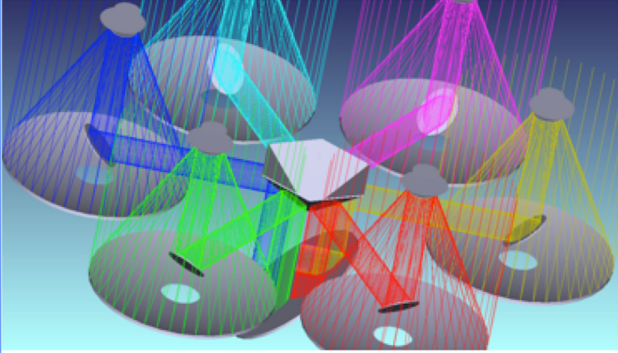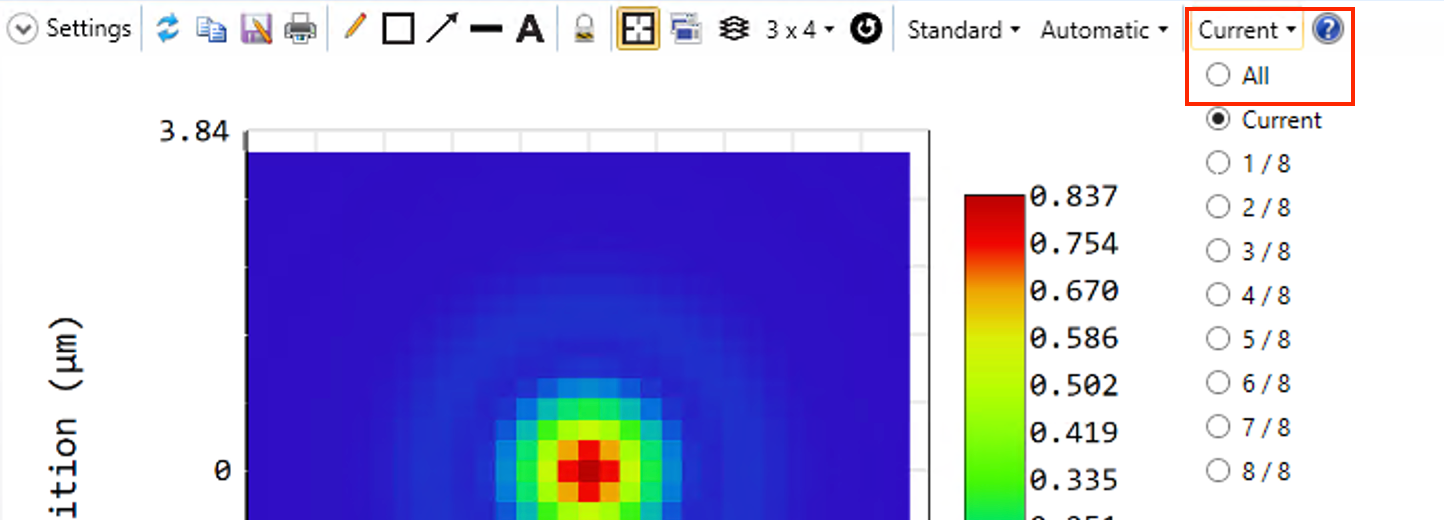It can easily be done in NSC mode to let multiple optical systems exist simultaneously ,and by doing so I can combine light from different system to get interferogram . I wonder if it can still be realised in SEQ mode ?
Like the picture below.

Best answer by MichaelH
View original



